
It was said that long ago, the first World Tree was burned and destroyed. Its embers and ashes spread across the void. The Embers became the first stars and later the Sun. Embers will still occasionally fall from the sky and are concentrated ingots of Aether, the same energy the gods themselves possessed.
The Ashes became everything else. With the exception of the elder gods and the original humans that walked out of Meliheal, every single thing in the universe is made of the ashes of creation, the remains of the first world tree. Vreathe itself was shaped from these ashes and these ashes feed the growth of the second world tree as well as everything on the world.
These ashes still radiate energy that has the power to create, change, and destroy. This energy exists everywhere and is referred to by many names. The People of Vreathe call it Mana.
If one were to look up at the night sky, they can easily see a concentration of ashes and embers streaking across the entirety of the sky. This outlines the trunk of the original world tree, where it was burned, where its embers and ashes are most concentrated.
Aether was a way to alter the natural laws of the universe and was how the Gold Race and the Gods used their magic. This primordial energy of the gods was nearly unlimited, allowing them to move entire worlds, even stars. They could raise mountain ranges and hollow out the earth with little regard to such trivial things like gravity or conserving mass. It was more limited with the Gold Race, but they still accomplished great feats.
Even though the Gods are either dead or abandoned Vreathe long ago, It is possible for others to invoke the leftover aether they left behind. It requires a clear mind and knowing the true nature of the God. The amount of aether granted is small. Alternatively, one can use a fallen ember of creation, though those are extremely rare.
Mana was said by the Silver Race to be an alternate substance to Matter and Energy, existing in parallel with them. A portion of Mana can create or destroy an equal portion of Matter or Energy, but Mana is forever destroyed in the process. Mana can also be used to manipulate a portion of Matter or Energy, to move it, levitate it, change its nature, among other things. Mana is destroyed forever in this process as well.
In the earliest days of the Silver Age, humans worshipped the gods, freely invoking their primordial power to accomplish feats that would otherwise be impossible. As the age went on, the Silver Race gradually grew jealous of the gods for their power. The Silver Race instead turned to the sciences, researching how mana acts on matter and energy in the universe. They learned how to conjure and manipulate using only mana, though it was not as impressive as the gods or gold race.
By the time the Iron Age started, much of the scientific knowledge of earlier times was lost, and the true nature of the gods were long forgotten. Along with their lower mana capacity, Iron Age magic was greatly lessened in power. They could still invoke a little aether by saying the names of the old gods as that does offer the smallest hints of the true nature of these beings. This with their minimal mana allows them to still create impressive displays of magic, but never as great as previous ages.
The act of channeling mana is deliberate and conscious, and is considered by many to be as easy as breathing. Mana runs through the same channels as the electrical signals that make up the body's nervous system and it is stored in an organ called a Mana Lung. It is called this because it occupies space in the ribcage, just behind the actual lungs, near the spine.
The amount of mana this organ can store depends on the type of being. Humans can store a limited amount of mana, in a measure called a Mana Point. An Elf can store ten times as much.
To Channel Mana, first you breath in and concentrate. This activates the mana lung and prepares it to expel mana along the nerves. Next you breathe out and relax every part of your body, except for where you want to cast magic. Tensing up every muscle in your hand will cause magic to travel there, leaving your hand. This is the simplest explanation for casting magic on Vreathe.
In the example shown to the right, the caster is channeling some form of arcane magic, based on the color. No additional matter is being conjured in the example. Mana is normally invisible and can be seen only by the Inakans, by casting a Detect Magic spell, or by using elemental Neon gas in some way.
The first two thousand years of the Iron Age was dominated by the teachings of Saint Nora, who taught that the Silver Age humans were evil and that magic was dangerous. Because of this, Iron Age understanding of mana and magic had degraded compared to the Silver Age.
Elements overlaped with each other. No link was made between states of matter and how mana could change it. Weaving spells were difficult unless a god was invoked in some way, but without anymore than the names of the old gods, it was difficult to gather any primordial energy.
To cast magic like a flame spell, most early Iron Age mages carried around a fuel source like saw or coal dust. When they created fire, they would only conjure the required energy to ignite the fuel and then channel mana to manipulate the created flames. It was messy but it worked. In order to cast more powerful spells, Mages carried around a piece of charcoal, a type of Aethercite, which was also rather messy.
The diagrams we often see on Vreathe showing the relationship of various magics as understood by Iron Age humans is incorrect, or rather incomplete.
From what I've been able to translate from Silver Age texts, there are actually over a hundred different elements. From what I have researched, the true act of making fire is rather easy. You simply need to conjure coal in a specific form, and then conjure a lot of thermal energy. The surrounding air will create the chemical reaction for you. After that it is simply manipulating the flames to where you want them to go.
By applying what I have learned, my Fire magic is so powerful, not even ten so called 'Fire Mages' could match what I could do with a single spell. I don't even need to carry around all this coal to create my fire! I hardly use any mana to conjure fire now! I am so close to unlocking the secrets of the Silver Tribe but I fear I am at my limit in understanding their knowledge...
- Agneo Drake, self-described Inferno Mage, Early Iron Age
Translation of Text to the right
The recipe for fire is one of the most basic actions any aspiring scientist can learn. Even though it is simple, a deep understanding of how fire works at the physical and chemical level is necessary. To create a flame without the use of magic, you need three basic ingredients: Oxygen, fuel, and energy. The chemical reaction will normally start on its own after that. To make a magical version of this, it is as simple as channeling your excess mana out of your body. Oxygen exists in the air in large amounts already. Conjuring the proper fuel source is a little more difficult. You need a specific type of carbon with a very small percentage of hydrogen and oxygen. Getting the feel for this may be difficult, but it is something you need to learn on your own. The best mixture I have personally made is seven parts Carbon, four parts Hydrogen, and one part oxygen. You need to conjure all three of these at the same time, and you need to conjure a continuous stream of this fuel to create the most effective fire. Don't worry! It doesn't take as much mana as you think when you conjure elements individually!
From about 2000 I.A. on, Iron Age magic was more ordered. Ancient Silver Age texts were uncovered and translated. Instead of just conjuring thermal energy with a fuel source, they learned how to conjure the fuel source, and depending on the fuel source, they were able to create dozens of variations of fire spells. This was applied to every other magic type, creating thousands of different magic spells of every shape and power level.
Late Iron Age peoples figured out that mana changes forms slightly when it leaves the body, just before it turns into the various effects created, and different mages were able to conjure different types of mana more easily. With this knowledge, they figured out that different elements and energy types have affinities to different mana types, further increasing diversity and spell power. They classified mana into twelve different types, shown to the right, and are loosely grouped together as Elemental Magic and Esoteric Magic. Everything the Iron Age can't classify is lumped together with Arcane Magic, though in the last few years, some mages have started separating Time and Nuclear magic into their own elements.
Back during the Silver Age, magic was a part of everyday life. Even children were taught several basic spells. Descendants of the Silver Tribe like Elves or Centaurs still use a large amount of magic in their daily lives though it is not as grand as their ancestors. In Iron Age humans however, magic is considerably less common. There are still a number of specialized magecraft jobs that require casting magic, but common people generally don't cast any of their own. Still even with magic somewhat diminished, it is still so ingrained in society that society couldn't survive if magic were to suddenly disappear.
As Iron Age civilization developed, there was a point where magic and spellcasting overtook every other development. While non-magical sciences and technology are starting to slowly catch up, there are still a large number of magecraft jobs that Iron Age humans take for granted.
One example is that of a Farm Mage. They cast specialized death magic that can distinguish between plants, pests, and beneficial creatures. A group of them will travel between farmlands casting water spells during droughts, creating and pulling water from the sky. Due to their efforts, average crop yields are much greater than they would be without the use of magic, and without farm mages, Vreathe's population just couldn't be what it is now.
Another is that of the Apothecary. Iron Age medicine would not function as well as it does without a skilled mage charging various concoctions with mana. Antiseptics wouldn't work as well without being charged with death magic. Potions that accelerate or instantly heal wounds wouldn't work at all. Plagues and disease would overrun society.
Even Smiths use some of the workings of mana in their craft, using some amount of fire and earth magic to work molten iron and steel to remove impurities. Actually shaping tools and weapons with mana is beyond the skill of most human smiths.
Most cities are kept safely lit at night by the use of glow stones, they aren't charged on their own and need a skilled mage to do so. Then there are specialized healers who perform the craft entirely by manipulating mana, mending broken bones and the worst of diseases.
Enchantments are magic spells that affect and impart qualities to a person or object. It maintains itself by drawing in ambient mana and can last hours or days, or indefinitely. Enchantments are almost always made with the use of a mana arc.
Mana Arcs are partial circles painted or drawn on the surface of an object. the material used in these arcs vary, but it is generally made of a charcoal paste. After drawing the mana arcs in a specific pattern, the user can then start layering various magic spells until they reach the desired effect. Even more complex enchantments employ the use of writing charged with magic that either gives additional information to the spell or helps to keep it maintained.
The simplest enchantments require the use of a single charged mana arc. The most complex have five or more mana arcs arranged in a specific way and each mana arc could be charged with a dozen spells or more. Then there is large amounts of writing arranged inside and around the enchantment to add additionalomunctionality.
This is an example of a very complex enchantment, layered with literally dozens of spells, using both mana and aether. The writing itself is also charged with mana. This is an example of an entangled enchantment. What it does is allow two distant enchanted objects to communicate with each other and makes changes to each other. The writing in the circle at the top seems to invoke the Elder God Alom.
This is an example of one of the simplest enchantment items that can be made. It is on a simple piece of leather, with a mana arc charged with ice magic, or rather, charged . It is activated by channeling a small amount of mana on the letters which then causes the mana arc to activate. The entire piece of leather gets very cold. Field Workers use these to sooth the pain of sore muscles after a long day of working.
I am good with any level of feedback and/or criticism of this world, or if you want to just read my stuff and move on, that's good too. Don't be afraid if you want to say something. Just let me know what you think so I can improve my writing.
Vreathe is ©2004-2023, Chrispy_0. ((aka: Negatallic)).
Unless specifically stated, all maps and images were created by me, Chrispy_0, or generated/edited/arranged with Midjourney and public domain imagery.
Comments
Author's Notes
Brain Goblins keep making me change and make additions this article...Magic systems are hard and writing this turned out to be way harder than I thought it would be. If there's one thing I learned with this, there's a reason many writers don't bother explaining their magic systems. But, I'm happy with what I have right now, even if parts of it conflicts with each other, but...magic!, I guess... I'll definitely refine this over the next few months...
Please Login in order to comment!



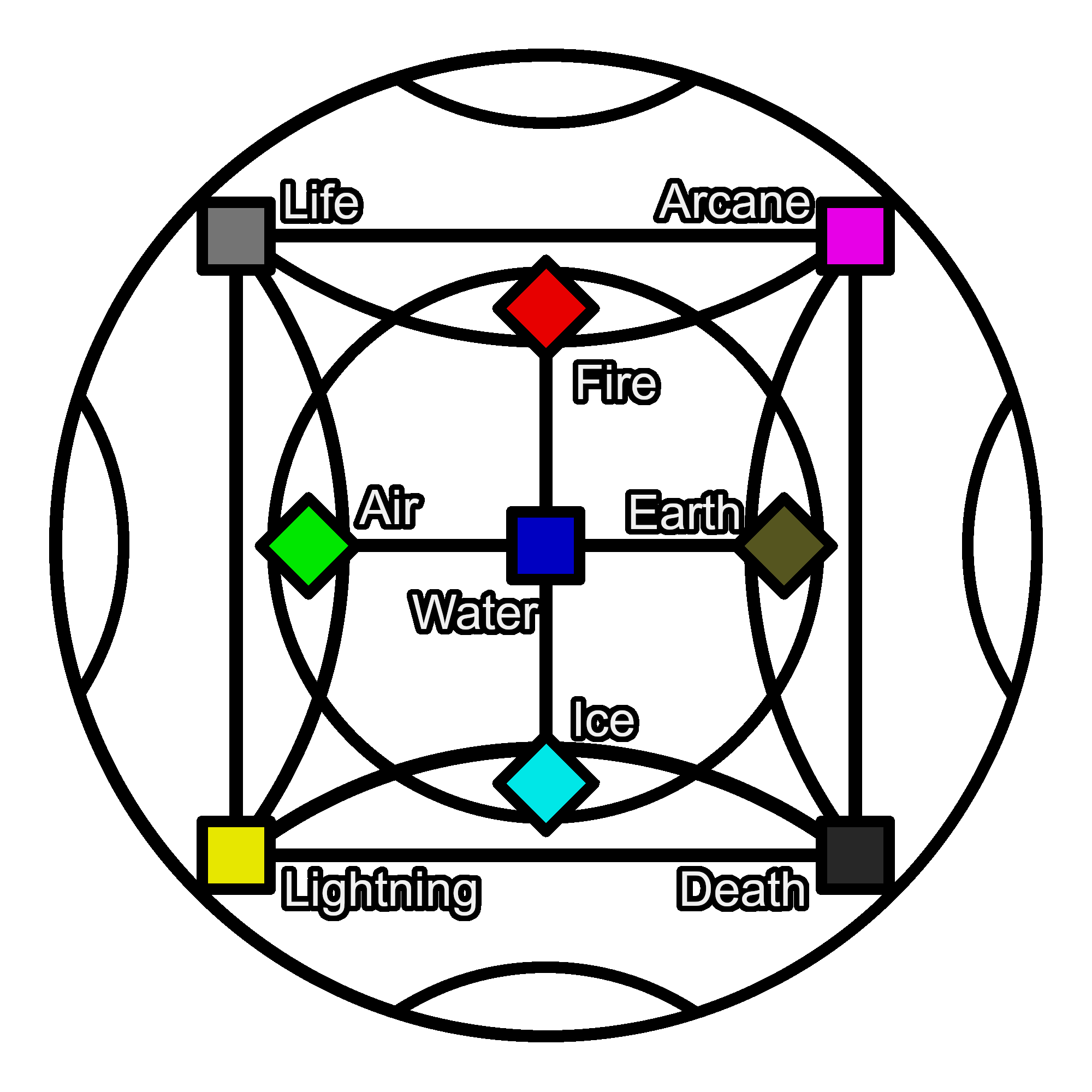
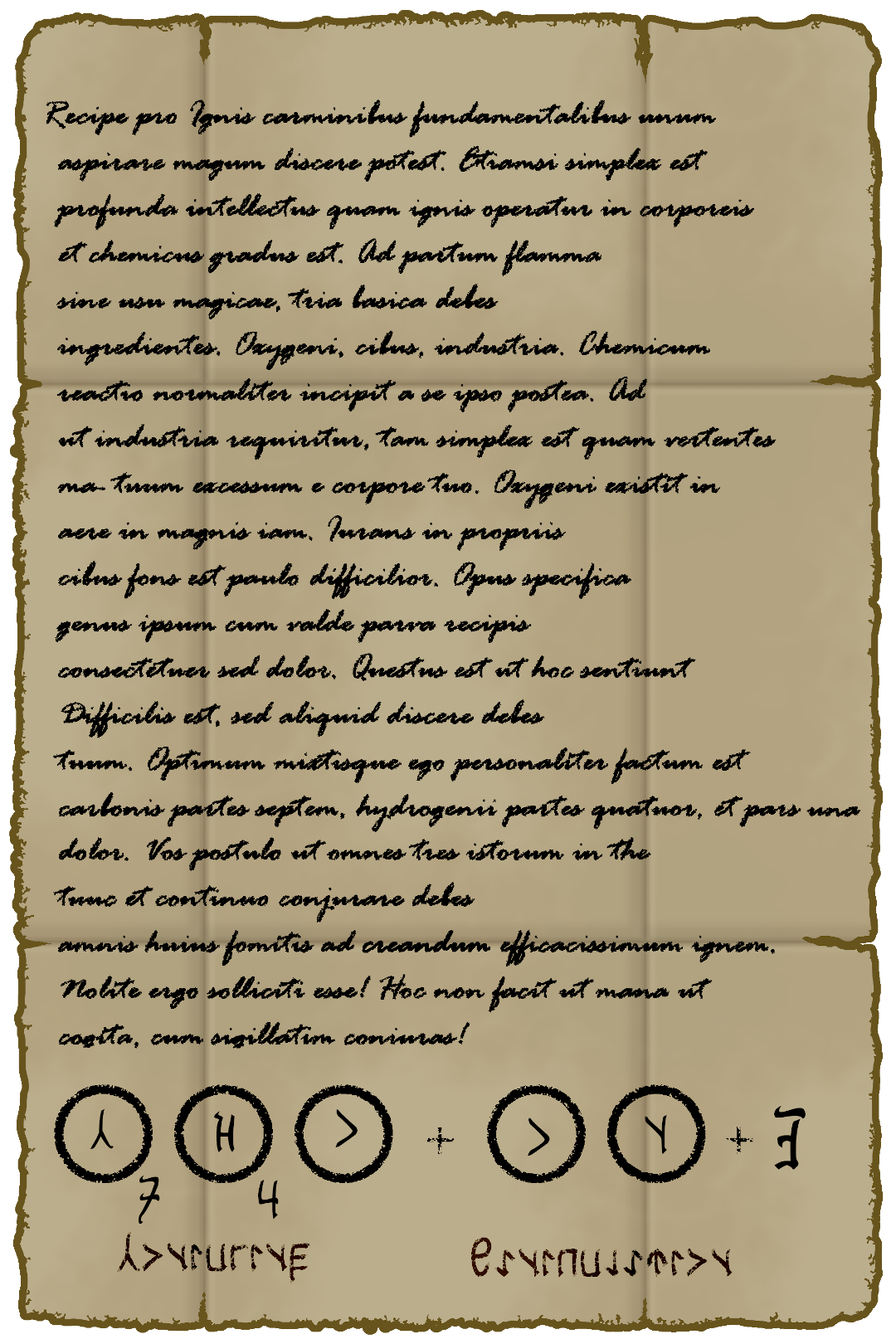
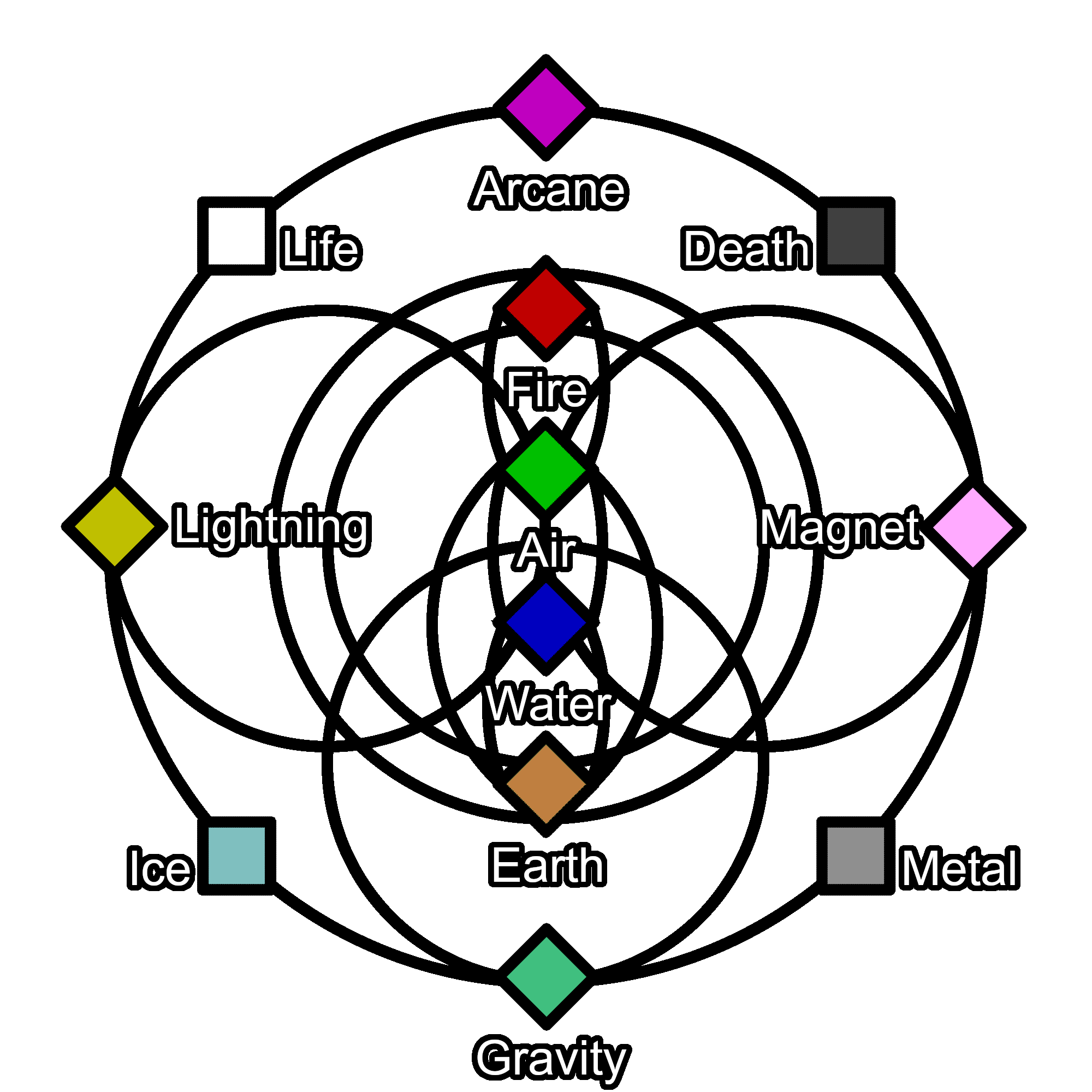

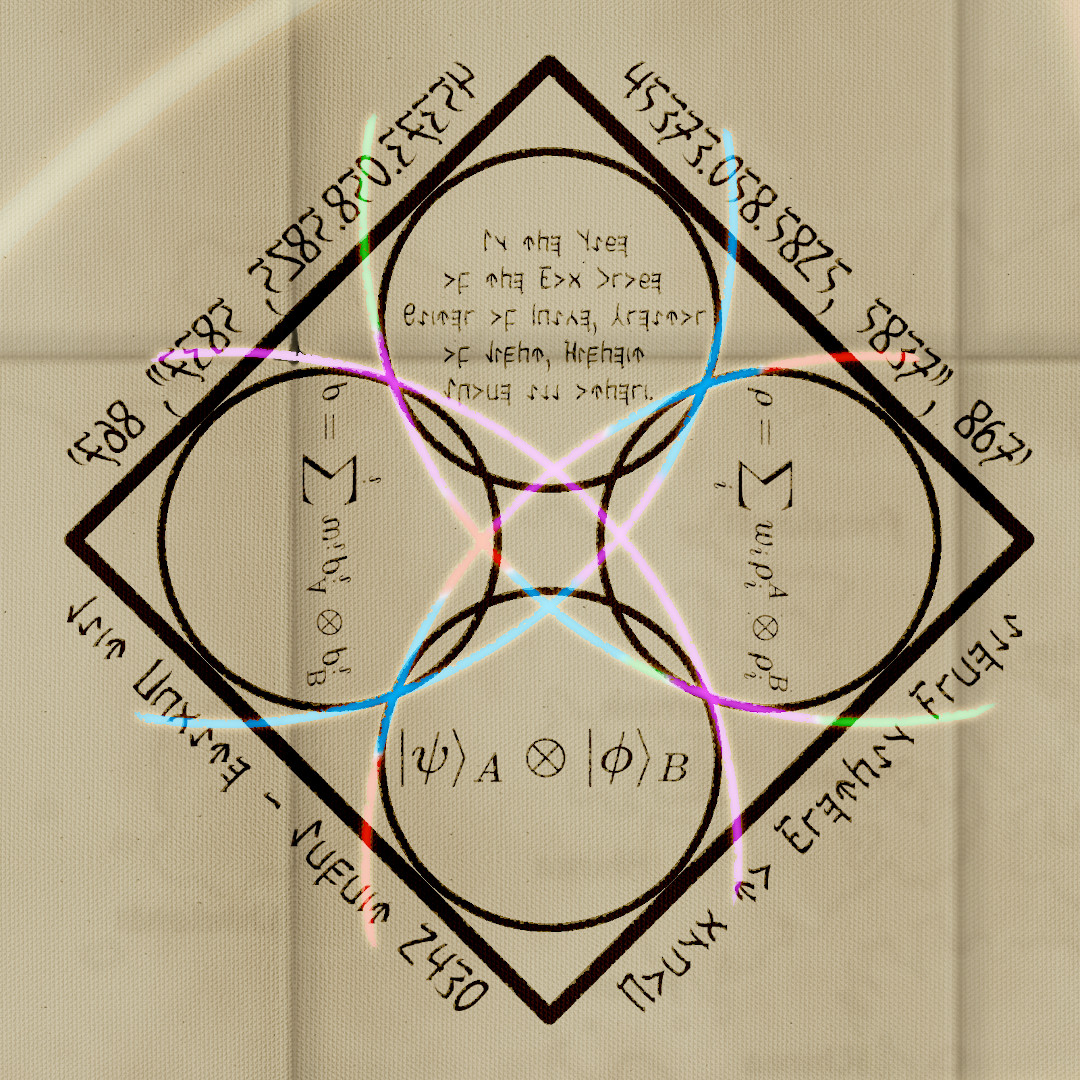
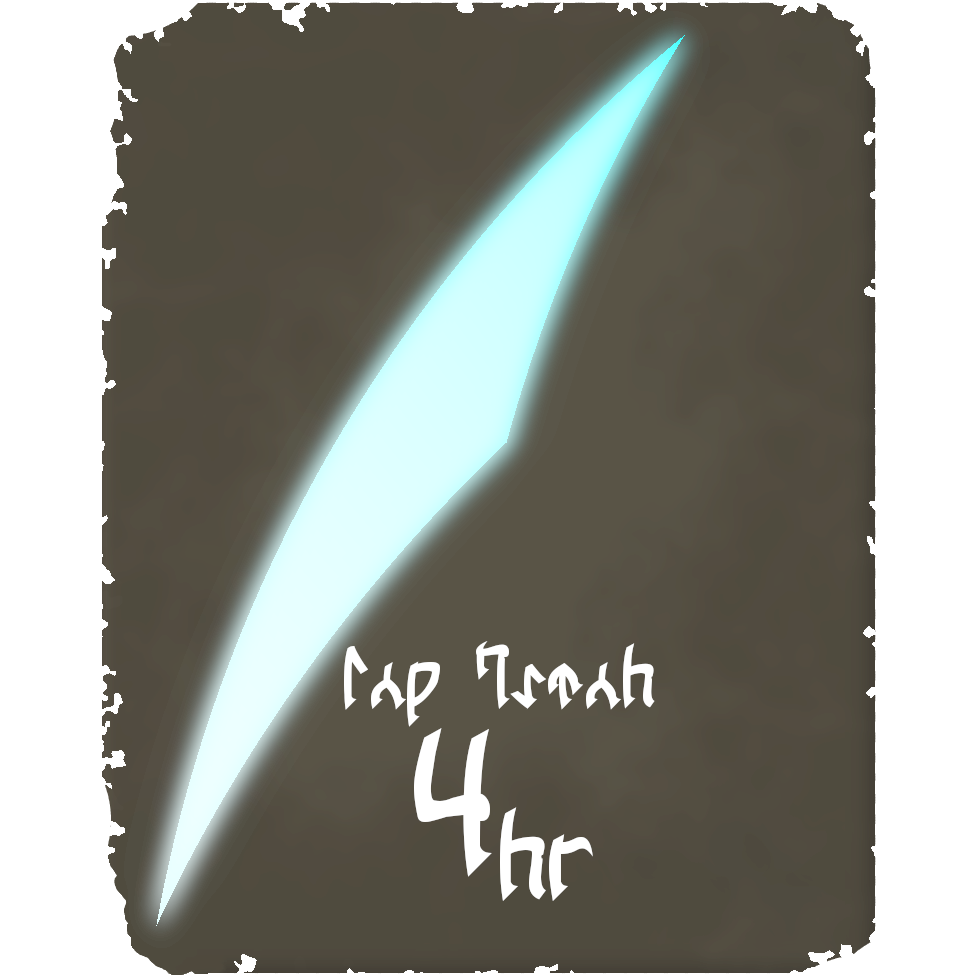



i know you said that making this was more harder then you thought, but I believe you did very very well on it!! :D Magic is sometimes the hardest things to write about in a fantasy setting, but you did an amazing job! Keep up the great work!!
Thanks for reading and leaving these kind words!